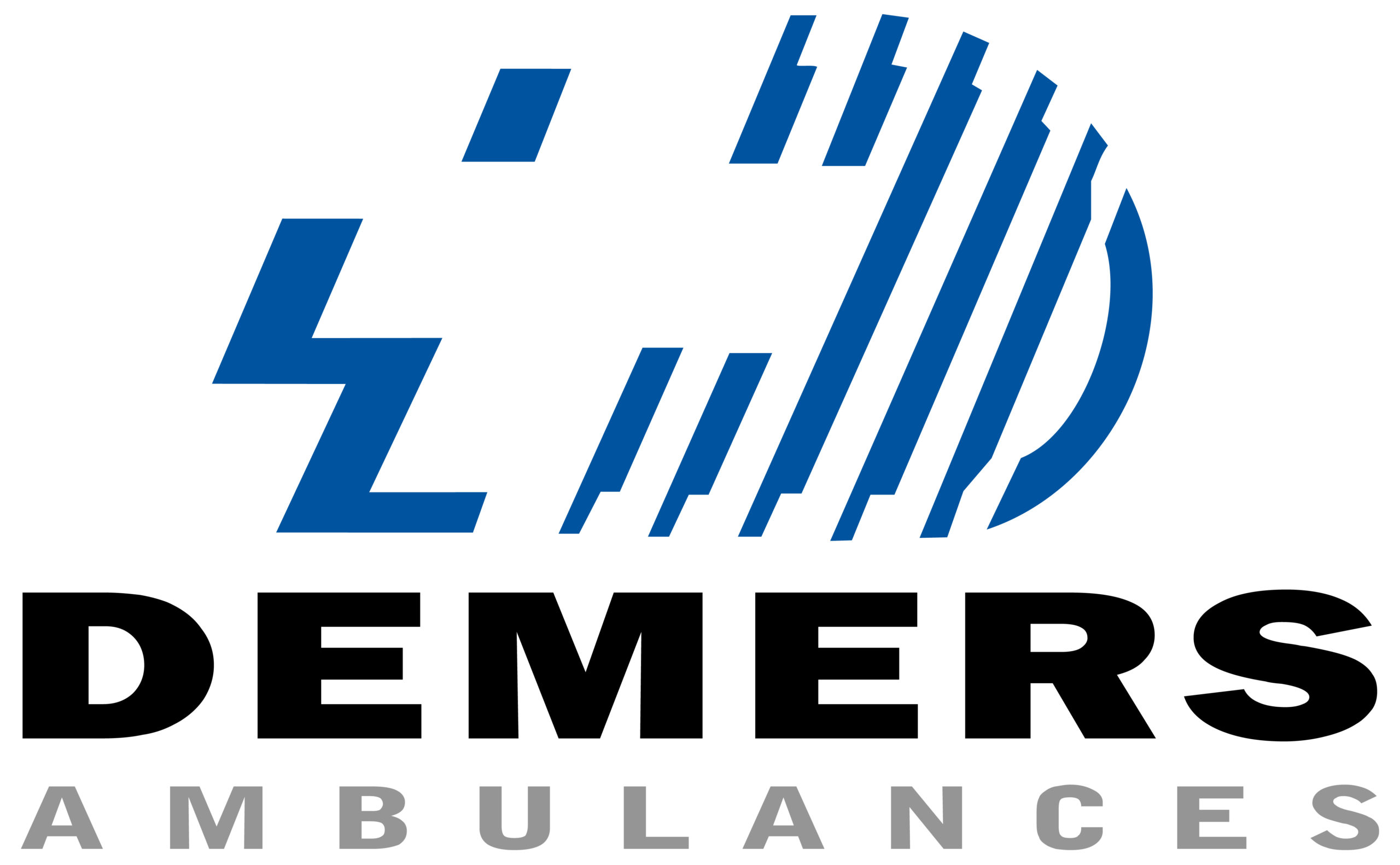The management of DEMERS AMBULANCES is fully aware that quality is a key element on which our credibility is built and that the QMS must be in continuous evolution to be efficient.
Therefore, mechanisms have been implemented to allow the effective deployment of the quality approach and ensure complete and entire commitment of the whole organization; given that quality policies answer the needs of the market.
At least once per year, a formal review of our quality processes is performed through a Management Committee where measurable departmental quality objectives are determined and revised. The points reviewed are, among others, audit results, customer feedback (including service calls, information transmitted concerning final product quality and any other communications), processes and conformity of the product, preventive and corrective actions results, changes affecting the QMS and improvement recommendations. This review is documented on meeting minutes.
A representative of senior management, namely the Quality Coordinator, has been appointed and given the responsibility and authority to:
- Ensure that processes needed for the QMS are established, implemented and maintained
- Report to the management committee on the performances of the QMS and any need for improvement
- Promote awareness of customer requirements throughout the organization
Responsibilities, authorities and relations between persons who manage, execute and verify tasks which have a direct impact on quality are outlined in the procedures.
Each head of department has to identify the human resources, training and material needs and set the quality objectives of his department.
